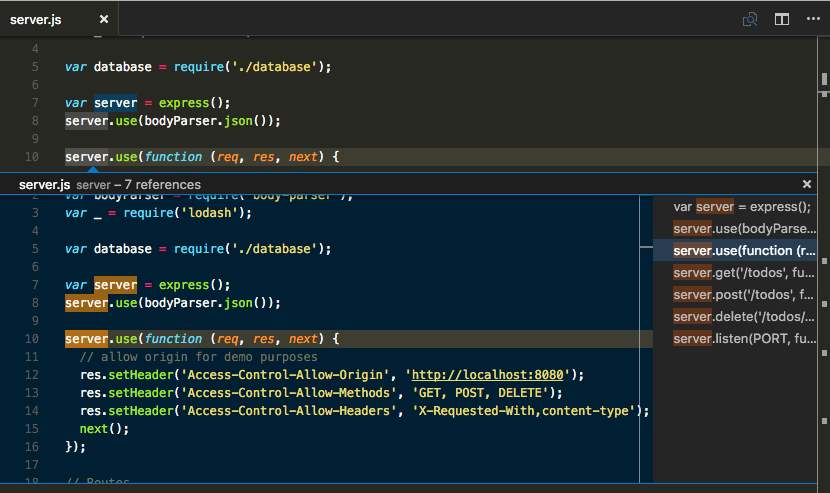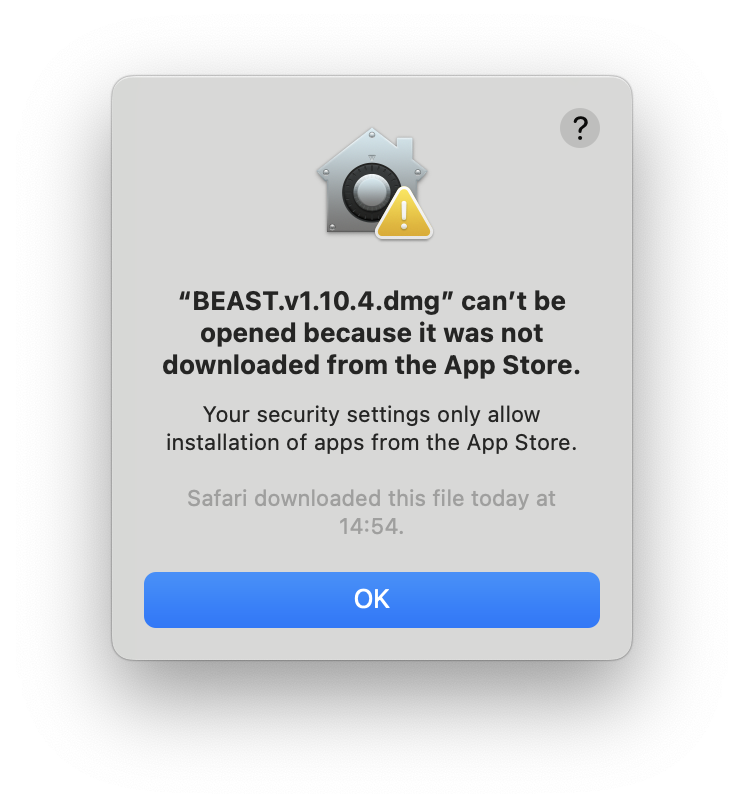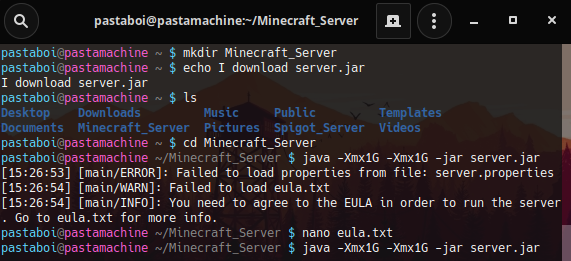

- #Mac terminal commands for java how to#
- #Mac terminal commands for java mac os x#
- #Mac terminal commands for java mac os#
It comes inbuilt with Xcode or its other command-line tools.

Installer -pkg /path/to/application.mpkg -target /Applications -dumplog /Volumes/Server/Share/installer. There are multiple ways to install Git on mac. If you wish to enable secondary logging to a centralized location or syslog server for verification, this can be accomplished by placing the following flag as a suffix to the Installer command.
#Mac terminal commands for java how to#
How to deploy packages with loggingīy default, applications installed using the Installer command are written to the event logger as an installation.

ssh -l kohsuke -p 53801 localhost help build java -jar jenkins-cli.jar build JOB. mpkg files will be automatically installed unless they're disqualified by the integrity checking process. Jenkins has a built-in command line interface that allows users and. Step 3: In this step, we’ll compile the program.

You might be wondering why we named the file as M圜lass, the point is, we always. Copy the above program and paste it into the. When prompted, enter the administrator password, or prefix the command in step #2 with sudo to prompt for the admin credential if you're installing remotely via script or SSH. Step 1: Open a text editor, like Notepad on Windows, and TextEdit on Mac. Installer -pkg /path/to/application.pkg -target /Applicationsģ. Enter the following command to install it as an administrator. SEE: Top 20 Apple keyboard shortcuts for business users (free PDF) (TechRepublic) How to deploy packages via TerminalĢ. The problem is that you’re not being routed to the correct download website when you click “More Info.”Īpple could have remedied this issue by programming the “More Info” button to direct you to the right fix.Before jumping directly to the command and its syntax, you'll need to adhere to these requirements. This isn’t a complicated issue to fix, but it is an indirect one. When you visit the download website to update Java, you find that the issue isn’t resolved! You’re still getting the same pop-up. This is the method preferred by most users who are more familiar with personal computing and the command line interface. Without a compatible Java command-line tool for these software, you’ll get this pop-up every time you turn on your Mac computer. The version that is presented in the Java Control Panel is the currently running (usually recommended) version of Java on your Mac machine. Open up the Terminal and follow some of the basic CLI commands below to grow your knowledge of how you can use command line interfaces on a modern Mac to get work done. Older software such as Adobe Photoshop and Illustrator requires legacy Java support. The reason you’re receiving this message is due to the removal of Java support in newer versions of OS X for security reasons.
#Mac terminal commands for java mac os#
On Windows: C:Program FilesFits On Mac OS X: /Applications/Fits. It says, “To use the java command-line tool, you need to install a JDK.” It asks you to click “More Info” and visit the JDK (Java Developer Kit) download website. To find out your Java version type java -version in a command-line window.
#Mac terminal commands for java mac os x#
After upgrading to a newer version of Mac OS X (Yosemite 10.10 and El Capitan 10.11) or macOS (Sierra 10.12 and High Sierra 10.13), you may end up getting an annoying new pop-up message whenever you start your computer.


 0 kommentar(er)
0 kommentar(er)
